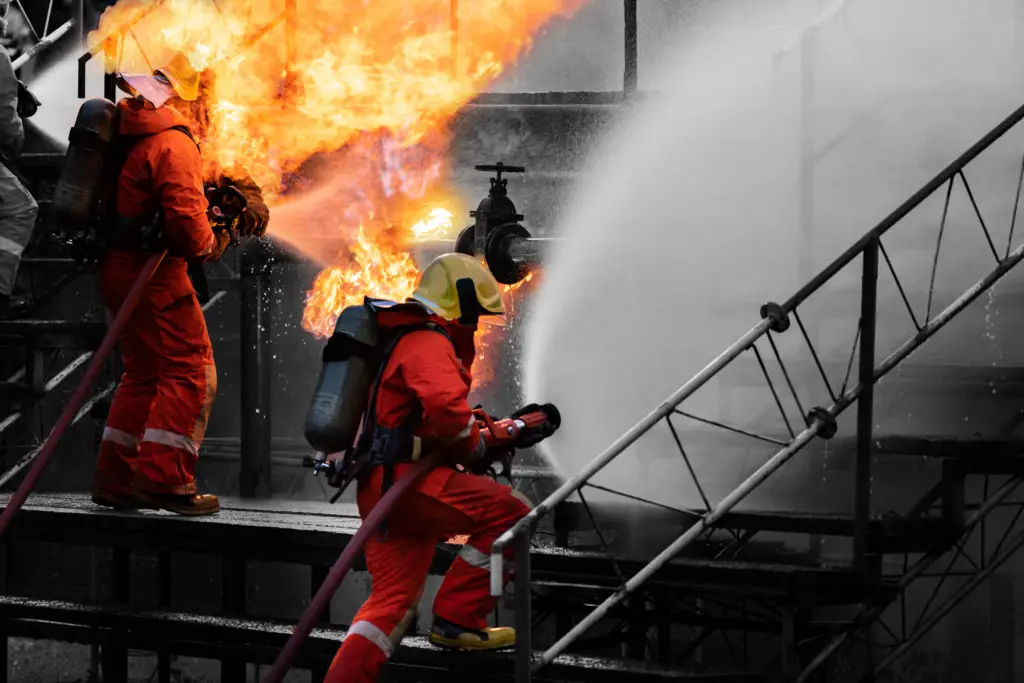Are Severe Burns Considered a Catastrophic Injury?
Burn injuries can happen to anyone, anywhere, at any time. Regardless of how careful you are, accidents are unplanned, and someone else’s negligence could result in severe burns.
Burn injuries are among the most painful injuries that an individual can sustain. They range in severity, with higher degrees causing more intense, sometimes permanent injuries. But what sort of burn injuries are considered catastrophic? Does a burn have to be severe for it to be catastrophic?
A catastrophic injury is generally one that results in extensive functional deficits or a life-threatening injury that requires an extended period of time to heal or an indefinite period for recovery. Many burn injuries that victims sustain can technically be considered catastrophic, given the nature of permanent scars and disfigurement. Depending on the location and severity of the burn injury, some skin layers may never return to their previous state.
How Are Burns Classified?
Thermal, chemical, electromagnetic, or electrical energy can cause tissue damage in the form of a burn. Open flames and hot liquids are some of the most common causes of burns. Burns are typically defined by how large an area they cover on the body and how deep they penetrate.
Healthcare providers classify burns by how severe they are. By evaluating the extent of skin damage, a burn may be classified as:
First-Degree Burns
These types of burn injuries affect the outer layer of the skin, the epidermis. First-degree burns don’t typically blister. They heal on their own within days. A common example of a first-degree burn is sunburn.
Second-Degree Burns
Second-degree burns affect the epidermis and dermis layers of the skin. One may experience blistering, swelling, pain, and redness on the burn site.
Third-Degree Burns
Considered full-thickness burns, third-degree burns destroy the epidermis and dermis. These burns also have the potential to affect underlying muscles, bones, and tendons. The burn site may appear charred or white. Due to extensive nerve damage, victims of third-degree burns don’t feel anything in the affected area.
What Are the Common Causes of Burn Injuries?
Burn injuries can occur in nearly any type of accident. Some of the common causes of catastrophic burn injuries include:
- Car accidents
- Motorcycle friction burns
- Tractor-trailer accidents involving hazardous materials or explosions
- Workplace fires
- Exposure to toxic materials in the workplace
- Electrical accidents
- Apartment and home fires
- Oilfield fires and explosions
- Plant and refinery explosions
What Complications May Arise From Severe Burns?
The complications that burn victims may suffer after sustaining burn injuries include:
- Hypothermia
- Hypovolemia
- Bacterial infection, which may lead to sepsis
- Bone and joint problems
- Breathing problems
- Organ failure
- Pneumonia
Unfortunately, some of the complications associated with burn injuries, including scarring and disfigurement, may be permanent. Victims may also experience life-threatening conditions, such as recurrent infections after deep or widespread burns.
Burns can also take an emotional toll on victims, such as depression, emotional trauma, flashbacks, and nightmares due to the traumatic experience.
How Are Severe Burns Managed or Treated?
The treatment and management of burns depend on the cause and severity of the injury. It’s always advisable to keep all your burns clean to avoid infections. Managing the victim’s pain is also critical since inadequate control risks affecting wound care.
Some of the treatments for different types of burns include the following:
- First-degree burns: Run cold water on the burned area, but do not rub ice. For thermal burns, use an antibiotic cream. You can also use over-the-counter pain relievers.
- Second-degree burns: The treatment plans for first and second-degree burns are similar. Your treating physician may recommend a stronger antibiotic cream containing silver to kill bacteria at the burn site.
- Third-degree burns: Full-thickness burns are an entirely different story since they are life-threatening and have lifelong implications. Victims with third-degree burns usually require immediate medical attention. Doctors may replace damaged tissue using skin grafts to help with skin regeneration and prevent infections.
When first- and second-degree burns are properly and promptly treated, the outlook is good. These burns rarely leave scars, but they can change one’s skin pigmentation. The goal is to minimize infection and further skin damage. Burn victims may also require rehabilitation, physical therapy, or lifelong assisted care.
How Do You Prove Liability in a Burn Injury Case?
If you have suffered a severe burn injury and you believe someone else is to blame for the accident and your injuries, you must prove that they were directly responsible to have a valid personal injury claim. To prove liability for a burn injury claim, a plaintiff must demonstrate these four elements:
- The defendant owed the plaintiff a duty of care. For example, all truck drivers must drive their vehicles with care and follow all state and federal traffic rules and regulations.
- The defendant breached the said duty. If a truck driver engages in reckless driving behaviors such as road rage and their oil tanker bursts into flames, they have breached their duty of care.
- The defendant’s negligence directly caused the accident. If you suffer severe third-degree burns after the oil tanker burst into flames due to the trucker’s reckless actions, you have established the third element of negligence.
- The plaintiff suffered damages due to the defendant’s actions. If you lost wages, incurred medical bills, suffered emotional trauma, or were permanently disabled due to the accident, you can file an insurance claim or burn injury lawsuit against the at-fault party and their insurance provider.
Severe burns, such as third-degree burns, can be considered catastrophic injuries since they are life-threatening and can lead to loss of function or disfigurement. If you’ve suffered catastrophic burns due to someone’s negligence, you deserve to receive compensation for your short- and long-term treatment. Contact a skilled personal injury law firm for more information about your rights.
Sources:
- Field Nurse Handbook. U.S. Department of Labor. Accessed December 2023.
- Burns – Symptoms and causes. Mayo Clinic. Accessed December 2023.









